Dog Tear Stains - The Expert's Guide to Causes and Cures
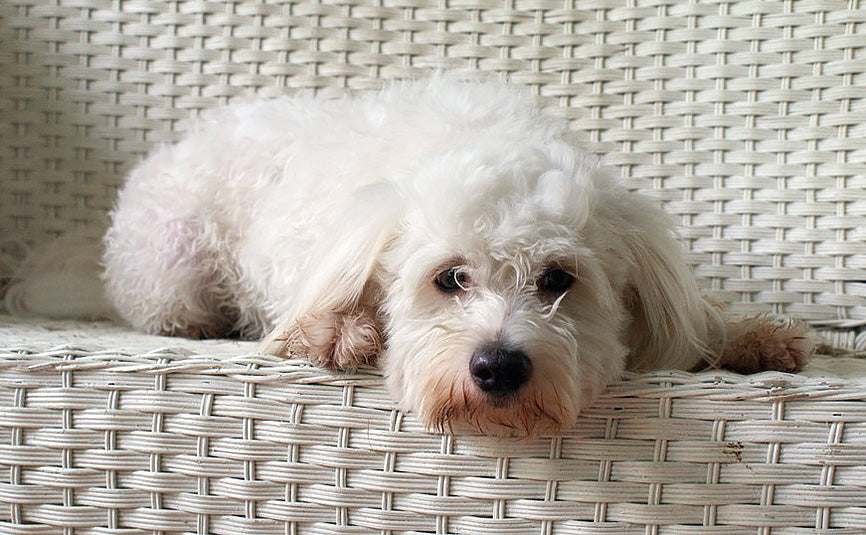
You've found the perfect dog for you. You take little breaks at work to check out all the pictures on the internet you can, thinking about that cuddly ball of fur. You've read about the breed, you know the temperament, and you've been keeping yourself awake at night thinking about how awesome it's going to be when you finally get that new friend home.
What those pictures and articles often leave out are the grooming issues that come with many breeds. A long coat will need to be brushed regularly, but dogs usually love that. Some breeds will shed, but you can anticipate that with the change of seasons. One of the things you won't see in the perfect pictures, and might not think about until you've had Pickles for a while, are dog tear stains. Certain breeds are more prone to these superficial blemishes. Thankfully, getting rid only takes a few minutes of care each week.
Here is your expert guide to dealing with dog tear stains.
Investigate the Causes of Your Dog's Tear Stains
It's true, some breeds seem to be more prone to tear stains than others. Tears themselves are not causing the stains, though. If a dog has excessive tearing or if the tears don't drain naturally, they can collect dirt which turns the fur reddish brown. These problems are usually due to inherent physical features. It could be any of the following.
- Shallow eye sockets - Certain breeds such as Chihuahuas or Pugs have eyes that protrude more than others. With more of the eye exposed to the elements, more surface is available for irritation.
- Eyelids turning inward - In some dogs, the eyelid can turn so far inward that it actually blocks the holes that tears naturally drain through.
- Hair growth - The same flowing coat that drew you to your perfect pet can also contribute to the stains. In breeds like the Maltese, the hair can drop into the eye irritating it. In other instances, long fur around the eye can prevent proper drainage.
- Blocked drainage holes - For some dogs, the holes through which tears normally drain become blocked possibly through scarring or other allergies.
In these situations, you're going to find little that you can do about excessive tears. In a small number of cases, the tearing can be a reaction to diet. You do have a few things you might be able to adjust to control the tears themselves.
- Diet - Many of today's foods come with grain or color additives which can cause allergic reactions.
- Water - Some dogs are allergic to the chlorine and fluoride added to tap water.
- Bowls - Plastic bowls can leech chemicals into the water and food that dogs react to.
Prevent the Problem
If the tearing is related to the fur around the eyes or the hair falling into the eyes, you may be able to minimize it with proper grooming. You should ask the next time you take your Pickles to get a hair cut.
You can also modify things to see if you can help through her diet. If you're using plastic bowls, switch to steel and see if things improve over a few weeks. It's hard to imagine Colonel Pinkbelly stalking prey for his survival, but millennia ago his ancestors were in fact carnivores fending for their own survival. Check the ingredients in her food to see that it's all natural and with limited filler. You can also see about giving her fresh water. If you're not ready to break out a case of Evian, you can use filtered water to see if that helps. You can change all of these at once or do them slowly to determine the exact problem.
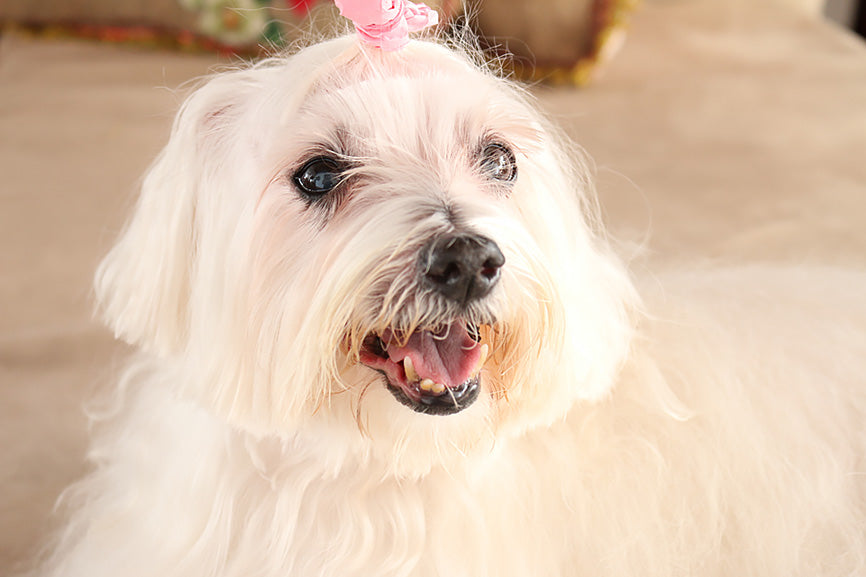
For most breeds, dog tear stains come with the territory. It could be related to a physical cause, or it could just be that the stains show up better on white or light fur. In those cases, you're going to find yourself treating the stain itself, and the best method of prevention is frequent cleaning.
Develop a Cleaning Routine
When you treat dog tear stains, keep in mind that you're treating a superficial condition that results from a healthy reaction. You want to prevent the tears from collecting on the coat as well as dirt collecting in the tears.
The first step is to start cleaning the area regularly. When treating dog tear stains, your primary goal is to stop them from getting worse, and then eventually the permanently dyed fur will grow out and beautiful fresh fur will grow in. Use cotton balls and a natural cleaning solution (like our AWESOME Coconut Oil Based Tear Stain Remover) to remove the dirt that has built up. The solution itself won't turn the stained fur back to its natural color, but it will prevent further staining. Here's a simple routine to follow.
- Gather all of your materials in one place (4 to 5 cotton balls and tear stain remover).
- Have Fluffy lay down and reassure her.
- Apply the solution to the cotton ball or pour it into a cup and dip the cotton ball in it.
- Gently rub the solution on the area to remove any build up.
- Repeat steps 2 through 4 for the other eye.
- Give her a treat and scratch her belly so she wants to do it next time.
The advantage of our coconut oil based tear stain remover is that it is a plant-based solution made of the absolute highest quality extracts from coconut and palm. These natural oils provide a barrier that prevents tears from soaking into the fur and collecting dirt. It also gives Roxy's coat a healthy sheen.
Repeat that process for 5 to 7 consecutive days and then weekly to prevent further staining. As the fur starts to grow in, you'll notice that the roots are coming in their natural color. You could trim away the stained area, but it will eventually grow out on its own. Besides, using scissors or trimmers around a dog's eye is very dangerous. If you want to return the area to a lighter color, you can make your own dye mixture of 10% hydrogen peroxide and water. Under no circumstances should you ever use bleach near your pet's eyes. Let's repeat that. Under no circumstances should you ever use bleach near your pet's eyes. Any product that claims to immediately whiten the areas around your dog's eyes should be avoided.
You've done everything, but still see ugly tear stains?
So, you've tried all the usual grooming tricks and yet your white pup is still sporting those stubborn tear stains? Fear not! We’ve put together the ultimate checklist to tackle even the peskiest tear stains once and for all. Ready? Let’s do this:
- Tear Stain Wipes + Tear Stain Comb: Spotted some fresh eye boogers? Don’t wait around—grab those trusty Petpost Tear Stain Wipes and clean 'em up stat! Keep a pack in the car, in the kitchen, heck, even by the couch for easy access. Pro tip: Pair with a tear stain comb for an extra-satisfying clean.
- Purified Drinking Water: Spoil your dog with the good stuff! Fresh, purified water can help prevent new stains from forming. It’s like a spa day for their insides.
- High Quality Food: You are what you eat, and so is your dog! Feed them the good stuff, and you’ll notice they not only look better, but they’ll strut around like the superstar they are.
- Get a Better Bowl: Time to upgrade those bowls! Stainless steel, glass, or porcelain bowls will keep those nasty toxins and bacteria at bay—unlike plastic, which can be a breeding ground for all sorts of yuck. Your dog deserves fine dining, after all!
- Tear Stain Soft Chews: Time for the secret weapon. Supplements! Most dog foods don’t have the tear-stain-fighting superpowers of lutein, eyebright herb, or cranberry. That’s where this Tear Stain Supplement comes in. Add it to their diet, and watch those tear stains run for the hills.
There you have it! With these tips, you'll be saying goodbye to those pesky stains in no time, and your pup will be back to their sparkling self. Ready to step up your game? Grab the essentials and let the tear stain-fighting begin!
Want to Get Rid of Tear Stains Fast?
We get it—keeping your dog tear-stain-free can feel like a never-ending battle. But hey, anything worth having takes a little effort, right? No product works overnight (even if some claim they do), but with a bit of TLC, you’ll have your pup back to their stain-free glory in no time.
So, why wait around for those unsightly tear stains to get worse? Petpost Tear Stain Wipes are here to save the day—and your dog’s face! Here’s why they’re about to become your new best friend:
-
Fast, Visible Results: These wipes are like magic in a pack! They’re loaded with a powerful cleanser that’ll have you noticing the difference after just a few swipes. Bye-bye, stubborn stains!
-
Convenient & Mess-Free: Forget messy concoctions and complicated routines. Just grab a wipe, give your dog's face a quick wipe-down, and boom—you're done! Easy peasy.
-
Veterinarian & Groomer-Trusted: Professionals love Petpost Tear Stain Wipes for a reason—they WORK. Thousands of vets and groomers swear by them to remove and prevent tear stains.
-
Human-Grade Ingredients: Only the best for your furry friend! These wipes are packed with natural goodies like coconut oil and juniper berry extract—no nasty chemicals!
Don’t wait until your pup’s tear stains take over. Take action now and give them the fresh, clean face they deserve! Click here to grab your Petpost Tear Stain Wipes and watch those stains disappear—for good!
Have you had a run in with stubborn tears stains? Tell us how you keep your fur baby clear-faced and tear-free in the comments below!
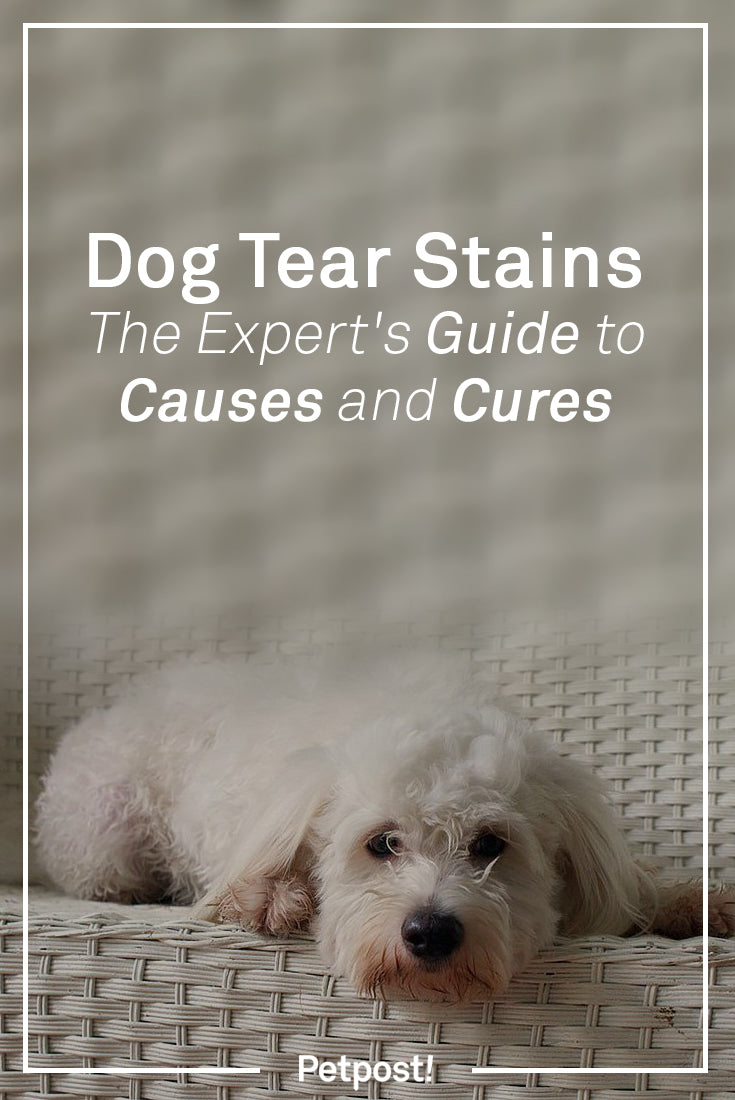
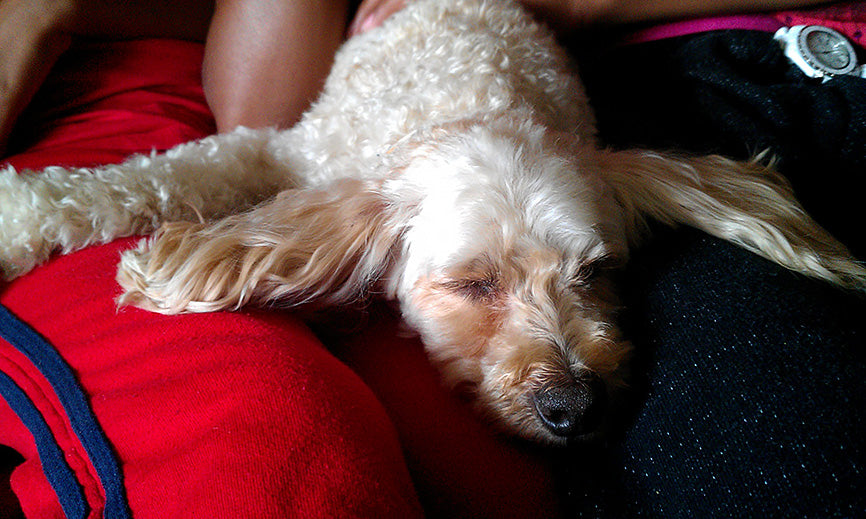
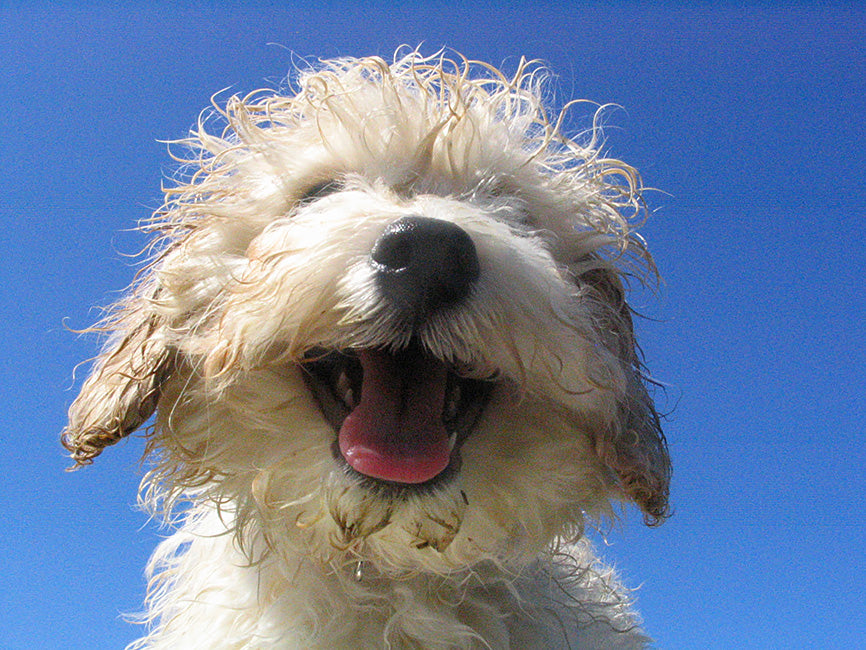
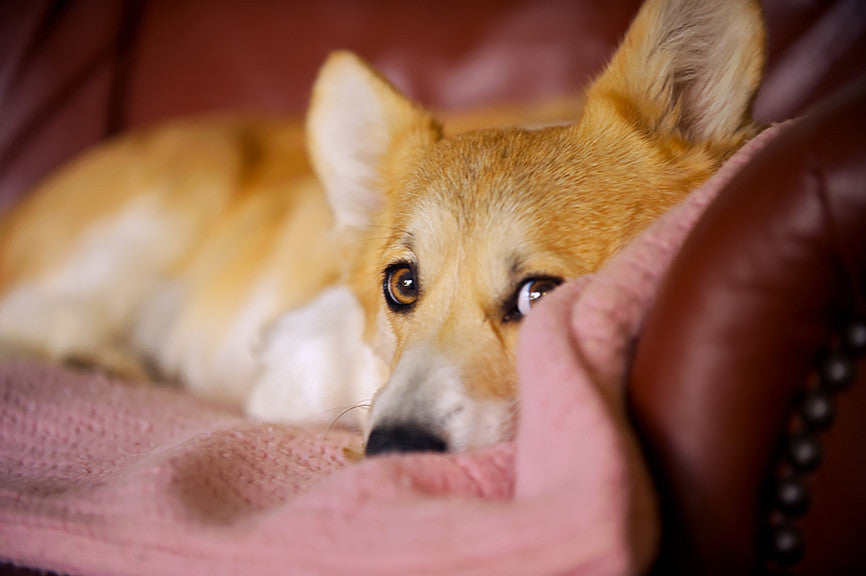
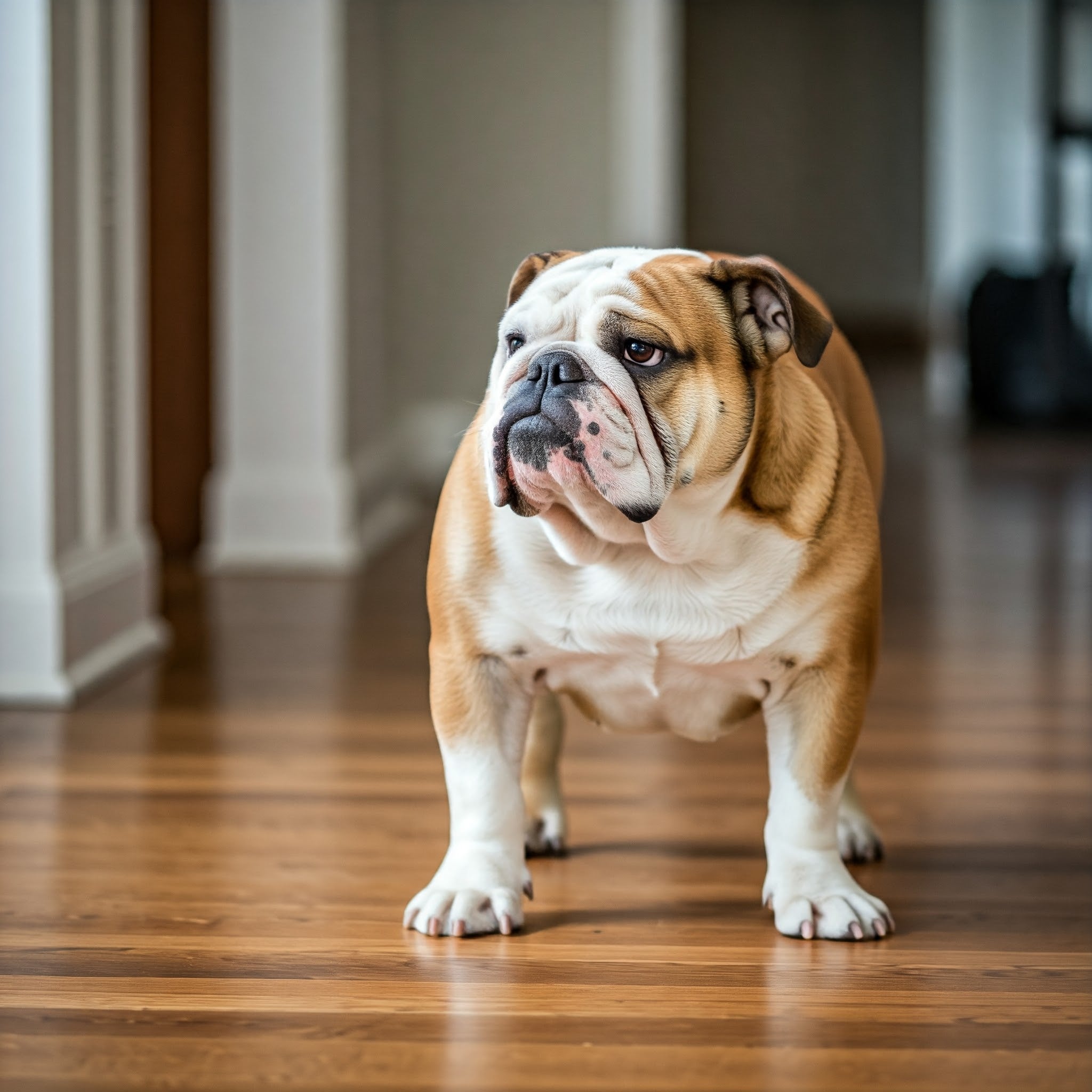
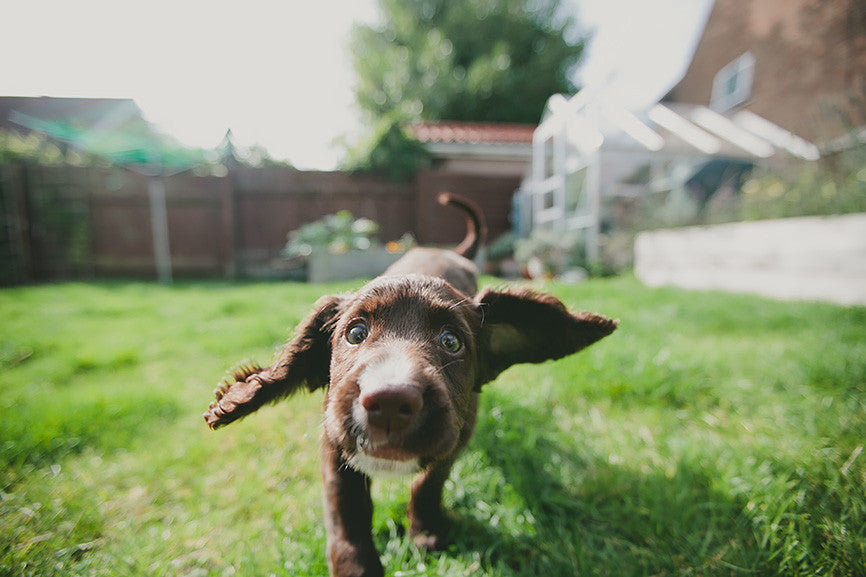
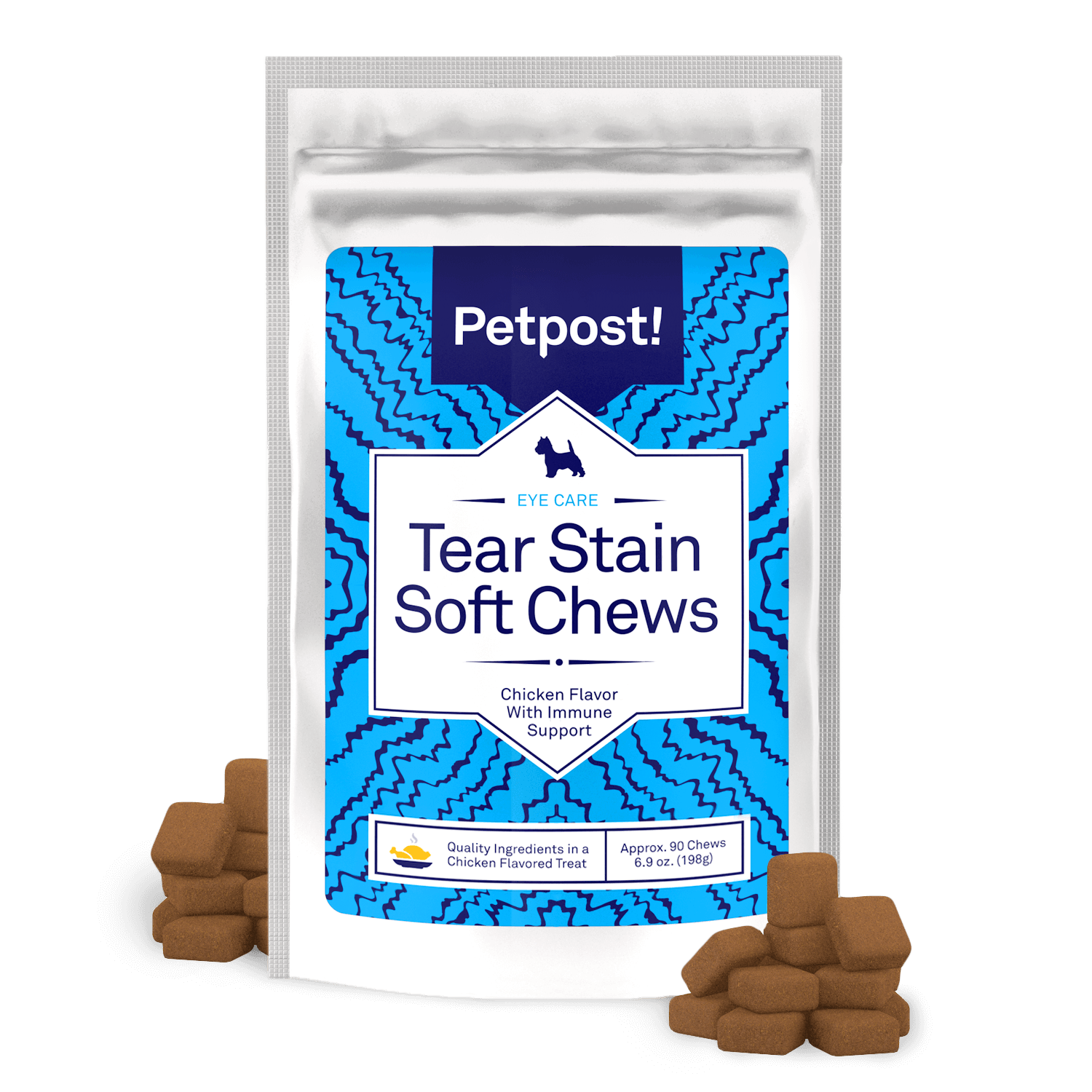

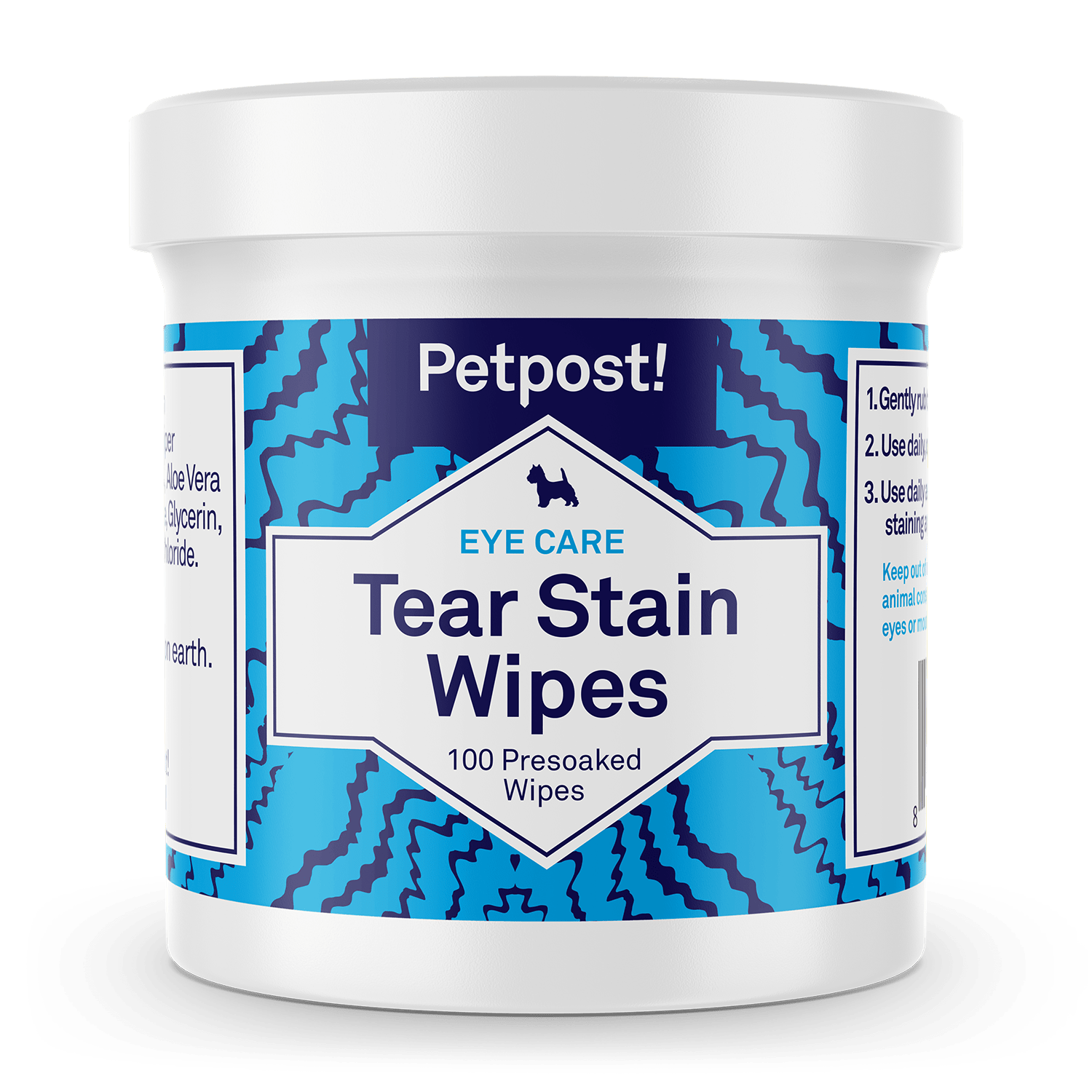

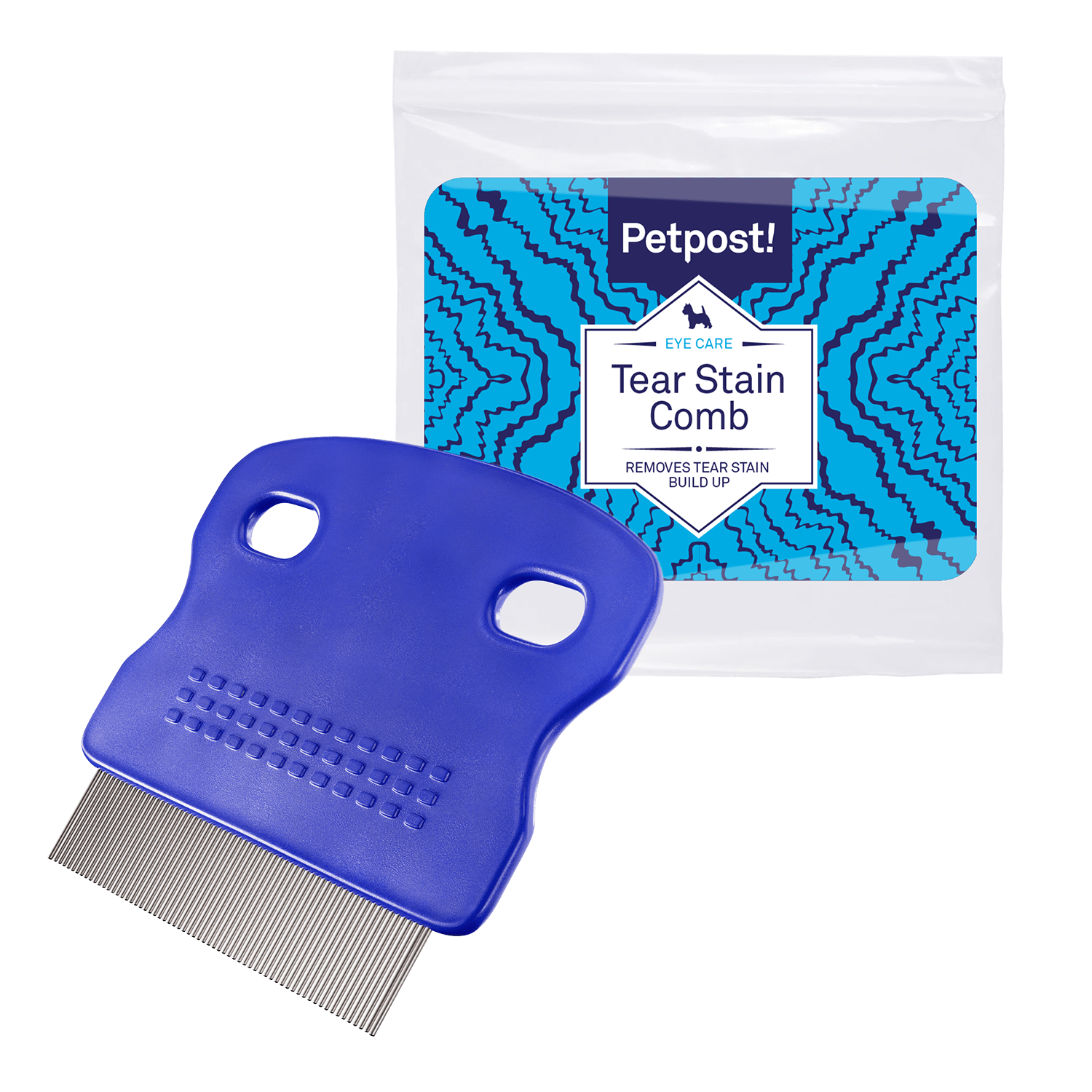
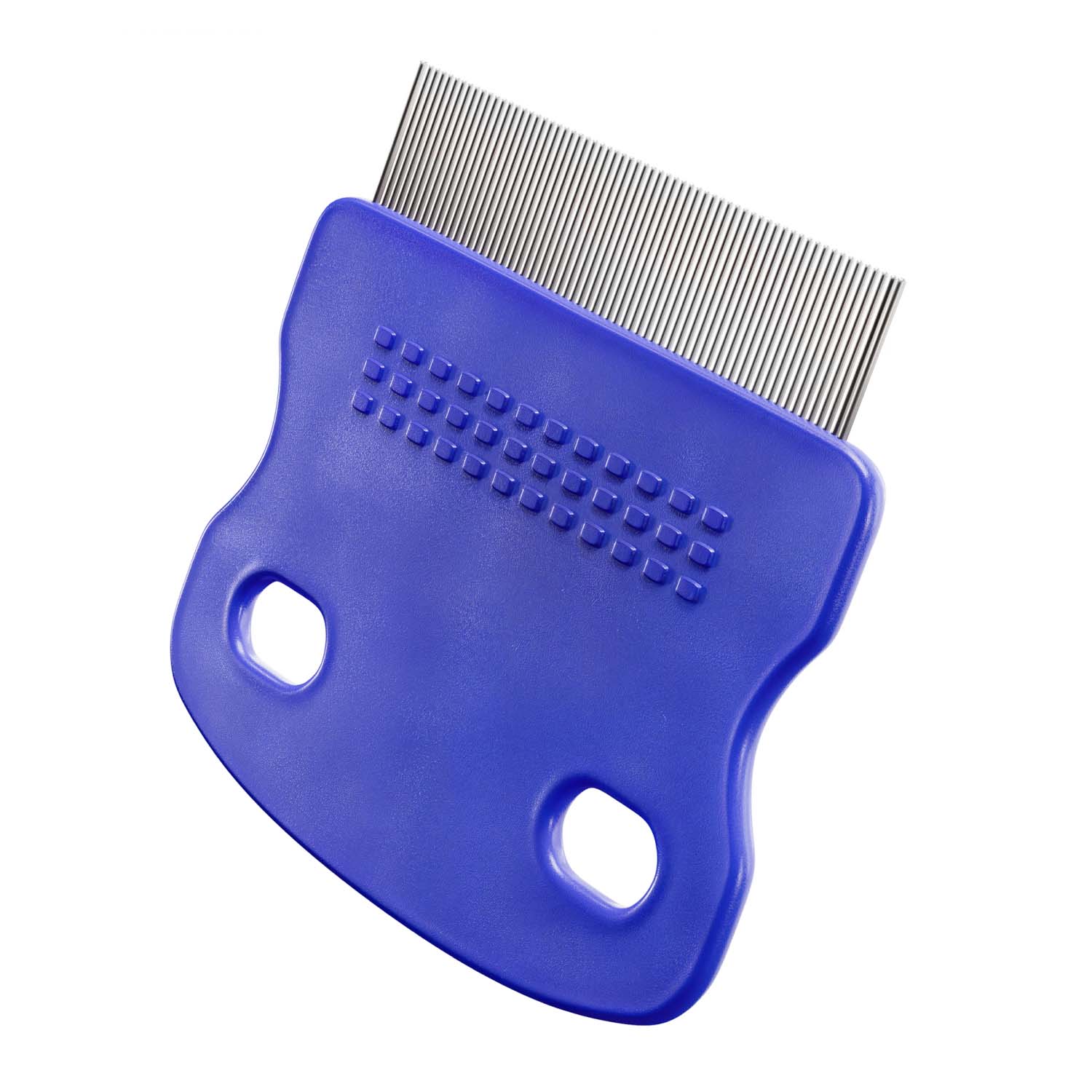
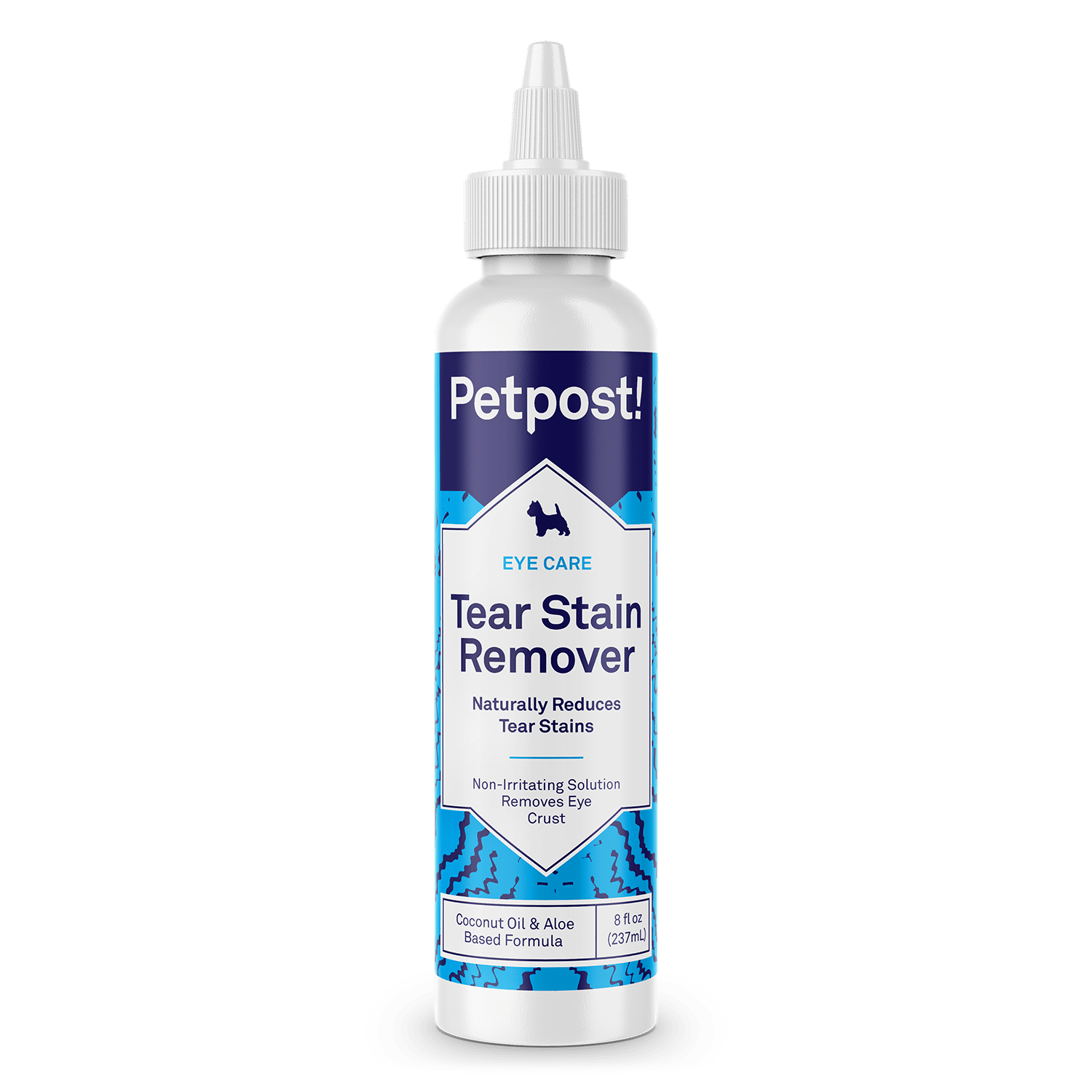
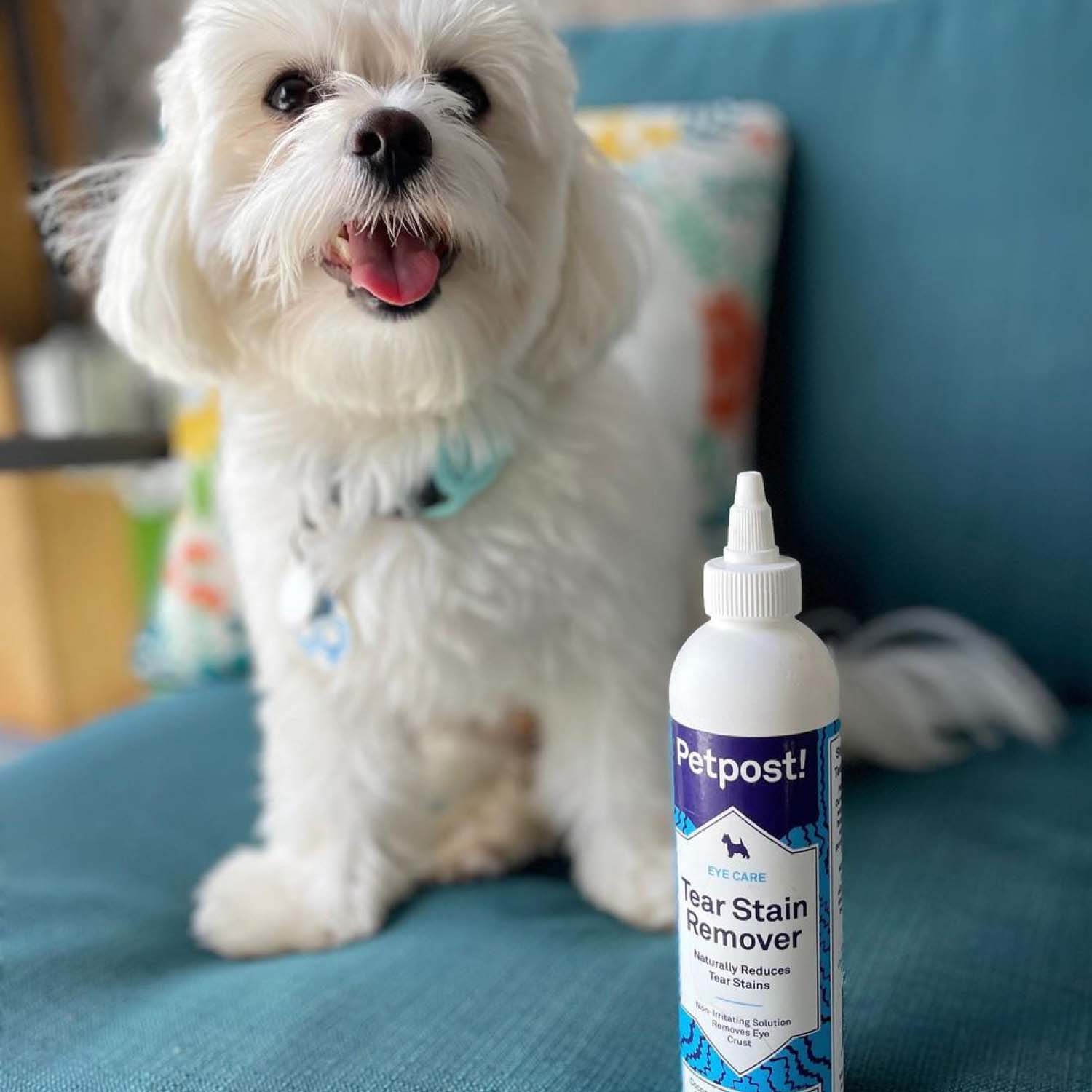
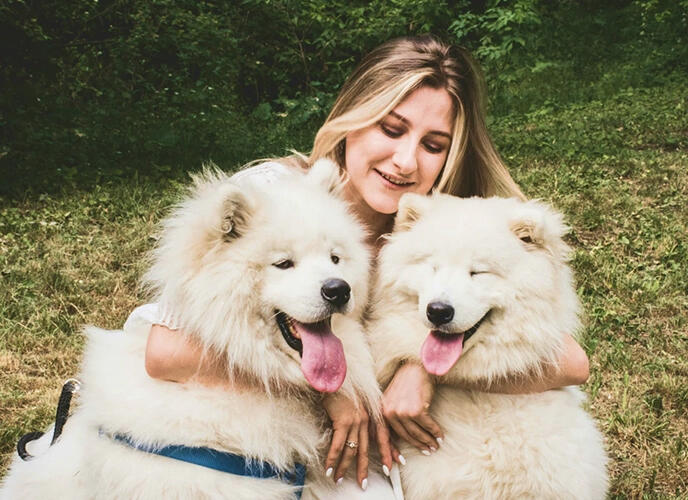
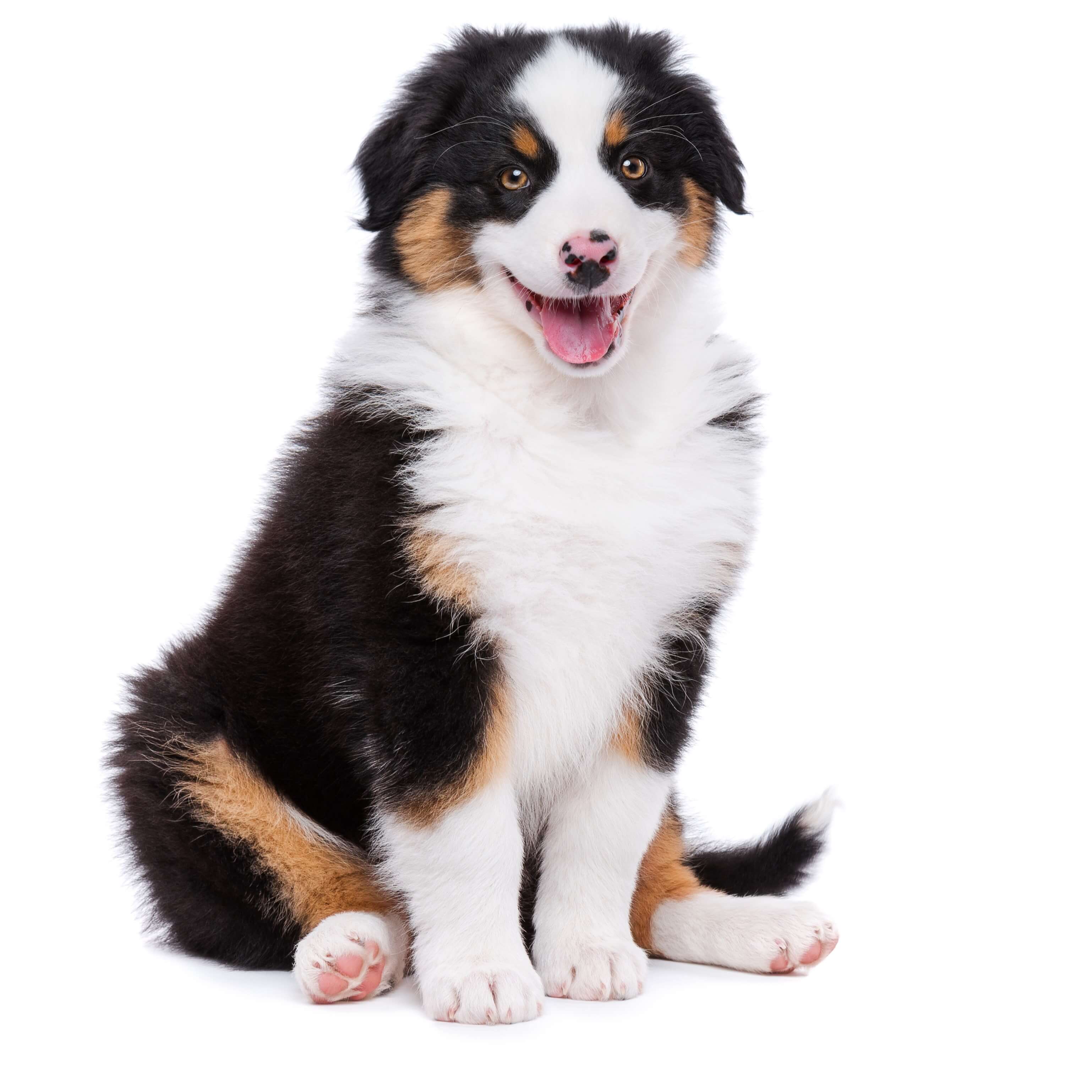
Comments